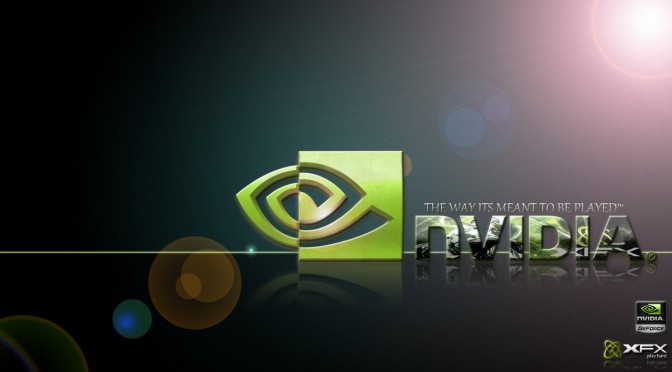It seems that NVIDIA’s GTX970 series of video cards is currently experiencing an odd VRAM behavior. According to multiple reports, GTX970 users are unable to efficiently use more than 3.5GB of VRAM. That’s a really awkward report, and unfortunately for the green team there are multiple ways to reproduce this current issue.
Guru3D‘s member ‘Milan’ tested both a GTX980 and GTX970 in a number of games, and was the first one reporting this awkward behavior. According to Milan, a GTX970 was allocating 3.5GB of VRAM in most recent triple-A games – like Far Cry 4, Crysis 3 and Watch_Dogs – whereas a GTX980 was using 4GB of VRAM (in the same scenes with the exact same settings). Naturally, both of these cards were equipped with 4GB of total VRAM.
Since then, a lot of GTX970 owners benchmarked and tested a number of games. To everyone’s surprise, Milan’s findings were spot on. GTX970 users have been reporting these past days that most games do not allocate the total amount of their VRAM, unless under extreme circumstances.
Guru3D’s member ‘aufkrawall2’ tested Hitman: Absolution’s and reported with similar results:
“Once more than 3.5GB gets allocated, there is a huge frametime spike. The same scene can be tested to get reproducible results. In 4k, memory usage stays below 3.5GB and there is no extreme spike. But in 5k (4x DSR with 1440p), at the same scene, there is a huge fps drop once the game wants to allocate 2-300MB at once and burst the 3.5GB. It happens in the tutorial mission when encountering the tennis field. With older driver (344.11 instead of 347.09), memory usage is lower, but you can enable MSAA to get high VRAM usage and thus be able to reproduce by 100%.”
Overclock.net‘s member ‘Serandur’ decided to run some additional benchmarks in Skyrim and came to some interesting conclusions. According to Serandur, GTX970 cards are able to use more than 3.5GB of VRAM only when they absolutely need them.
Serandur tested Skyrim at 5120×2880 with using noAA, 2xMSAA, 4xMSAA and 8xMSAA.
As Serandur wrote:
NoAA: Skyrim peaked at about 3600 MBs in usage with occasional brief hitching while loading new textures in and out of VRAM. GPU usage remained well below 99% on each card.
2xMSAA: Skyrim once again peaked at about 3600 MBs with the mentioned hitching, this time somewhat more frequently. Once again, GPU usage remained well below 99%.
4xMSAA: Skyrim yet again peaked at about 3600 MBs and hitched much more prominently and frequently at the same time as VRAM usage droppped down 100-200 MBs. GPU usage was below 99% again with FPS still at 60 aside from those hitches.
8xMSAA: Now Skyrim was using the full 4 GB framebuffer with massive stuttering and hitching from a lack of VRAM. This time, I had to stare at the ground to keep GPU usage below 99% and retain 60 FPS. I ran around Whiterun just staring at the ground and it remained at 60 FPS except with those massive hitches where GPU usage and framerate temporarily plummeted. This last run merely indicated that Skyrim can indeed use more VRAM than it was with the previous 3 settings and so the issue seems to be with the 970s themselves rather than just the game in this example. The performance degradation aside from VRAM was severe, but that could just be 8xMSAA at 5K taking its calculative toll.
But why such a thing is happening? According to some, this might be a hardware issue or due to the way GTX970 handles its VRAM controller. Whether this can be fixed via a new software driver remains to be seen.
Kudos to our reader ‘Blackburn Whiteknight’ for bringing this to our attention.

John is the founder and Editor in Chief at DSOGaming. He is a PC gaming fan and highly supports the modding and indie communities. Before creating DSOGaming, John worked on numerous gaming websites. While he is a die-hard PC gamer, his gaming roots can be found on consoles. John loved – and still does – the 16-bit consoles, and considers SNES to be one of the best consoles. Still, the PC platform won him over consoles. That was mainly due to 3DFX and its iconic dedicated 3D accelerator graphics card, Voodoo 2. John has also written a higher degree thesis on the “The Evolution of PC graphics cards.”
Contact: Email

